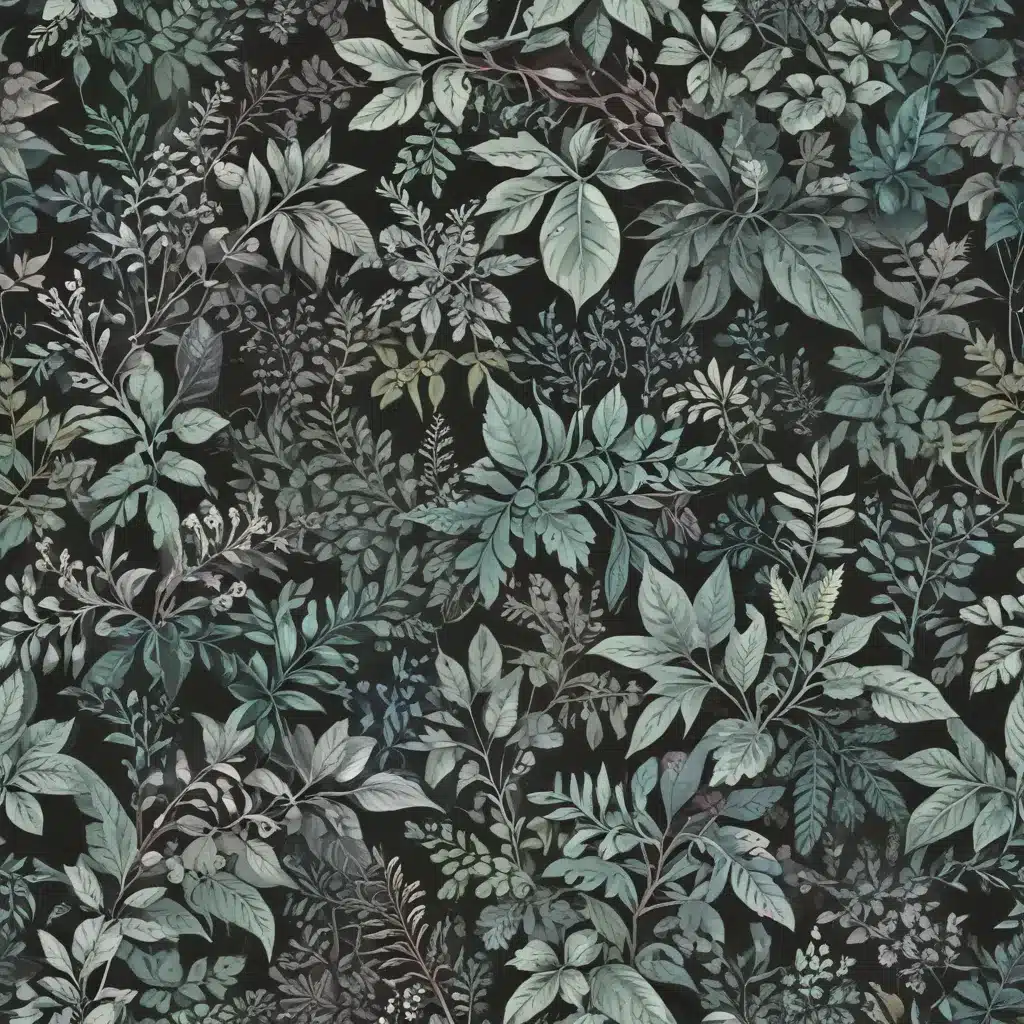
Botanical art has a long and storied history, captivating artists and nature enthusiasts alike with its intricate depictions of the plant world. In our 15 years installing… As an experienced art writer and creative consultant, I’ve had the pleasure of exploring the nuances of this genre, from delicate pencil sketches to vibrant watercolor masterpieces. Today, I want to dive deep into one of the most essential yet often overlooked techniques in botanical illustration: the art of negative space.
Now, this might seem counterintuitive…
Embracing the Space Between
Negative space, the areas surrounding and between the primary subject, is a crucial compositional element that can make or break a botanical work of art. Far from being an afterthought, the negative space in your illustrations plays a vital role in guiding the viewer’s eye, creating balance, and enhancing the overall impact of your botanical subjects.
Mastering the use of negative space is particularly challenging in botanical art, where the subjects are often lush, intricate, and densely packed. It can be tempting to fill every inch of the canvas, leaving little room for the eye to rest. However, the most compelling botanical illustrations strike a careful balance, allowing the negative space to complement and accentuate the primary elements.
Minimalist Approach
One of the most effective ways to harness the power of negative space is to adopt a minimalist approach to your botanical illustrations. By intentionally leaving generous areas of empty space around your subject, you can create a sense of calm, elegance, and visual breathing room. This technique works particularly well for single, focal botanical subjects, such as a single flower, leaf, or stem.
When using this minimalist approach, it’s important to consider the placement and orientation of your subject within the composition. Positioning the botanical specimen off-center or asymmetrically can create a sense of visual interest and dynamism, while also allowing the negative space to work in harmony with the primary elements.
Capturing Details
Negative space can also be a powerful tool for highlighting the intricate details and delicate textures of your botanical subjects. By surrounding these elements with ample breathing room, you can draw the viewer’s eye to the subtle nuances and captivating intricacies that often get lost in a crowded composition.
This technique is particularly effective when working with pencil, pen, or ink, where the fine lines and delicate rendering can be showcased to their fullest potential. By allowing the negative space to frame and accentuate these details, you can create a sense of intimacy and invite the viewer to explore the intricate beauty of your botanical subjects.
Applying Negative Space in Your Botanical Illustrations
Now that we’ve explored the power of negative space, let’s dive into some practical ways to incorporate this technique into your botanical art practice.
Observational Sketching
One of the best ways to develop a keen eye for negative space is through regular observational sketching. As you study the plants and flowers around you, pay close attention to the shapes, forms, and spaces that surround your subjects. Experiment with different compositional arrangements, positioning your botanical elements in various ways to see how the negative space interacts with the primary focus.
This practice of observational sketching not only hones your technical drawing skills but also trains your artistic eye to recognize and harness the potential of negative space. Over time, you’ll develop an intuitive understanding of how to balance the positive and negative elements within your compositions.
Watercolor Layering
When working with the fluid medium of watercolor, the use of negative space becomes even more crucial. By strategically leaving areas of the paper untouched, you can create a sense of depth, luminosity, and visual interest that would be difficult to achieve through dense, opaque layering.
As you plan your watercolor botanical illustrations, consider how you can utilize the white of the paper to enhance the form, texture, and overall impact of your subjects. Experiment with techniques like wet-on-wet, dry brushing, and selective glazing to create subtle gradations and soft, blended edges that seamlessly integrate with the negative space.
Pencil Sketching Techniques
Pencil drawing is another medium where negative space can be effectively employed to capture the essence of botanical subjects. Whether you’re working in a detailed, realistic style or embracing a more minimalist approach, the interplay between positive and negative space can elevate your pencil sketches.
In pencil illustrations, the negative space can be used to define the forms, shapes, and contours of your botanical elements. By selectively leaving areas of the paper untouched, you can create a sense of depth, volume, and structure that complements the detailed rendering of your subject.
Bringing It All Together
Mastering the art of negative space in botanical illustration is an ongoing journey, but the rewards are well worth the effort. By thoughtfully incorporating this crucial compositional element into your work, you can create botanical artworks that are not only visually stunning but also imbued with a sense of balance, elegance, and captivating detail.
As you continue to explore and experiment with botanical illustration, remember to keep an open mind and a keen eye for the potential of negative space. Whether you’re working in pencil, watercolor, or mixed media, this essential technique can elevate your artistic expression and help you bring the beauty of the natural world to life in truly remarkable ways.
For more in-depth tutorials, creative inspiration, and artistic resources, be sure to visit Pencil and Paint Muse – your go-to destination for all things botanical illustration and beyond.
Tip: Practice daily sketching to continually refine your technique